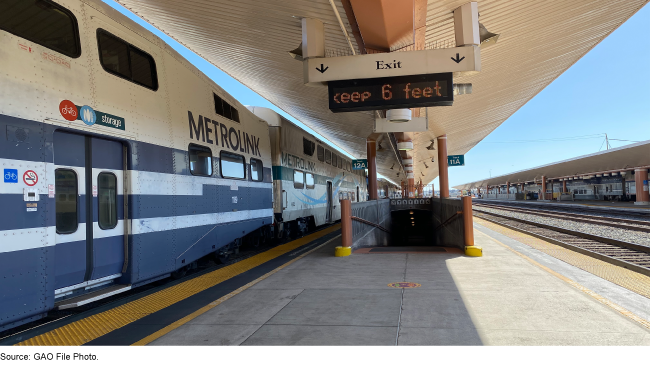Unless rail is nationalized, how does the government repatriate our freight traffic? How does a government dictate to either railway to not push traffic through the US and return to all-Canadian routes (which may create capacity issues?
The current political climate is between states. If we somehow legislated to pay only foreign shareholders less than domestic ones, we would likely see foreign investment in Canada dry up.
The differentiating factor with respect to railroads is that it is vital infrastructure that affects the entinre economy. (And, to use American precedents, it can be argued to affect national security including defense.... I don't buy all the arguments being made down there, but they do cut both ways, so I'm not ashamed of using them)
I think the investor community (and other nations) would understand why a nation would insist on ownership and control of this infrastructure. That sets it apart from investments in auto plants or domestic manufacturing, for instance.
It is, unquestionably, an enormous change from status quo..... but there is certainly plenty of legal precedent for legislating Canadian ownership of key assets and businesses.
The unfortunate part is, we just finished building this trinational continental supply chain, and to date it has served us well.... but that is indeed what the US is attempting to deconstruct. We should not be in denial about this, and our national survival depends on getting ahead of the game and acting proactively if not preemptively on restructuring our economy. In that respect, the ship does appear to have sailed, and while we see the Trump administration hitting a few rocks in the river, I don't see this trend reverting all the way to pre-Trump.
As to passenger vs freight, my point is simply that if we do take control of our infrastructure, that infrastructure as it exists today includes both a large measure of freight capacity and a certain (anemic) amount of passenger capacity. So, why would we define any growth as "adding" only passenger capacity.... the paradigm that accounts for investment in growth should be balanced between the two.
And, finally, coproduction in Ontario-Quebec has always promised much more rational use of passsenger vs freight utilisation on the existing capacity. So, if we are forced to change things up, why would we not avail ourselves of this opportunity? The opportunity cost we are paying by treating railways as private interests owning their own property has always been evident, and maybe this is the tipping point to change the model.
Again, I reccognise this is a huge change - but Canada is at a crossroads, and carpe diem is the best response.
- Paul





